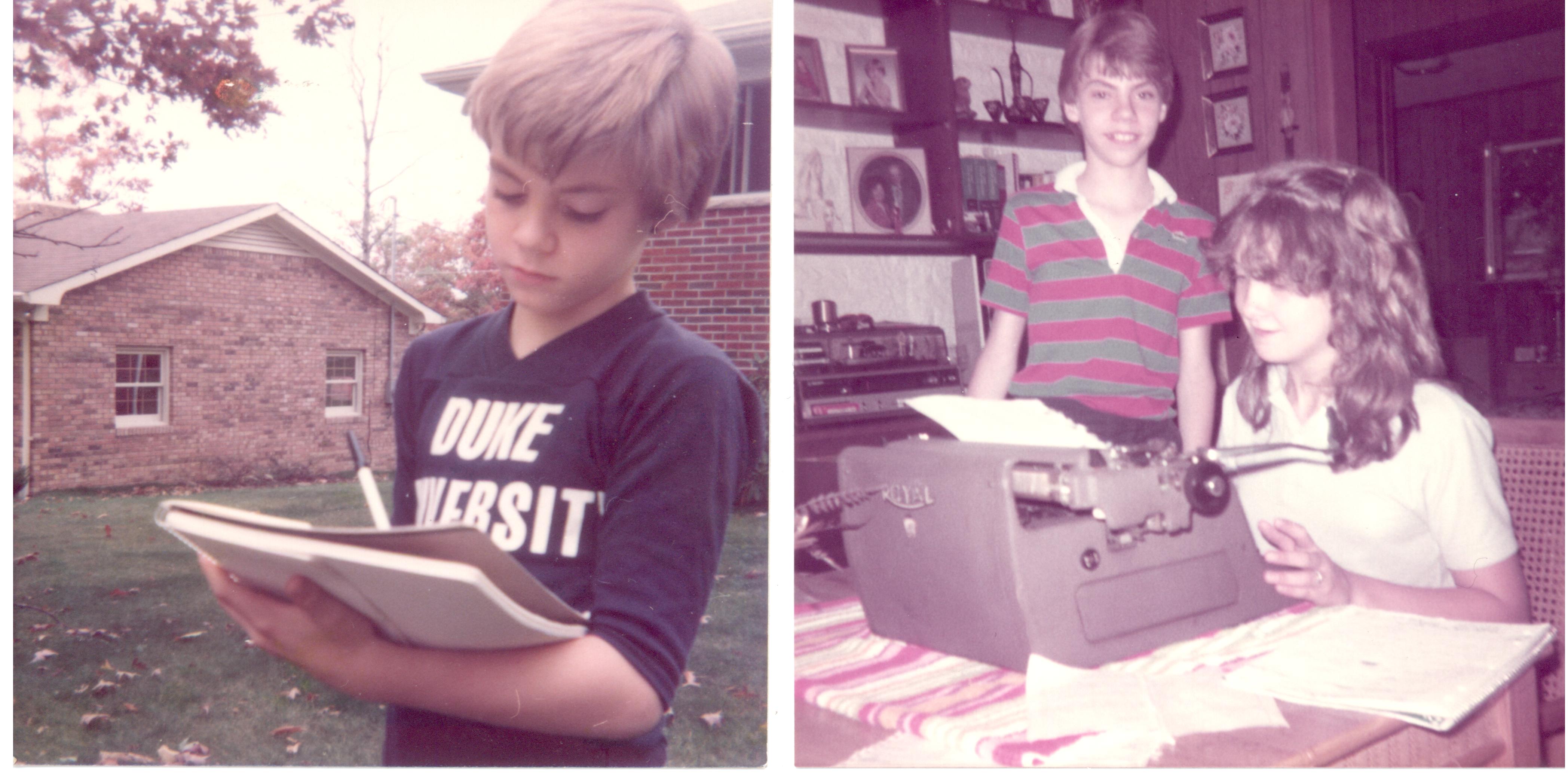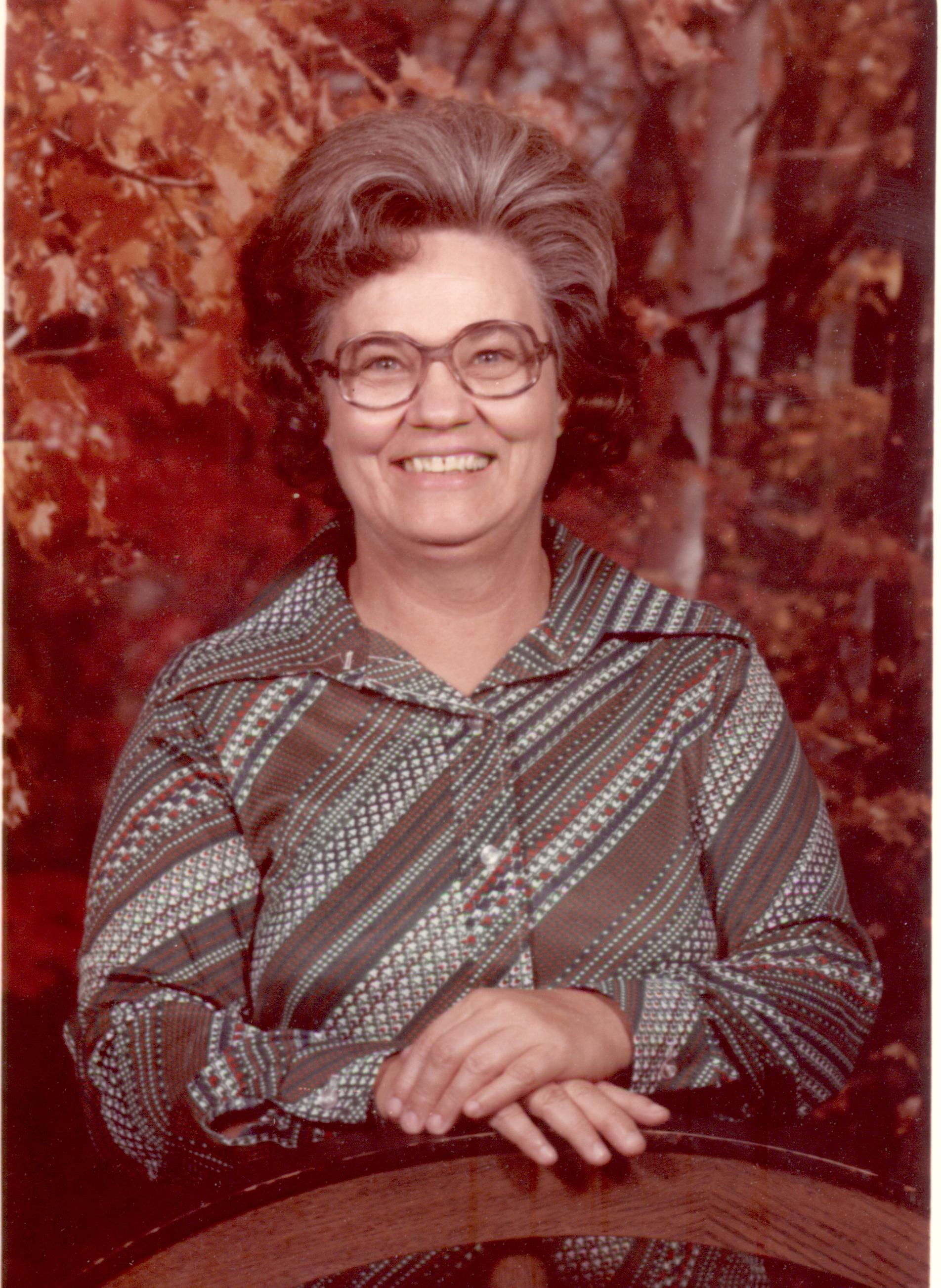When I studied phonetics and phonology for the first time in the early 1990s, the academic focus was almost entirely on the segmental aspects of the language's sound system. We reviewed the articulatory and acoustic traits of each consonant and vowel phoneme in the language in detail. The International Phonetic Alphabet (IPA) was taught to us with urgency, and hours of class time were devoted to detailed phonetic transcription. Of course, we also learned about suprasegmental features (which at the time were often referred to as "prosody"), mostly at the phrase and sentence levels, but only as a short course module following our detailed segmental studies. Suprasegmentals were more of an afterthought than anything else. However, now that the pedagogical focus in the field has shifted away from an almost exclusive emphasis on individual sounds to a broad recognition that suprasegmental features such as stress, intonation, rhythm and linking play a more important role than segmental features in the language comprehension and pronunciation of English language learners, it is critical for teachers to thoroughly address suprasegmentals when teaching English pronunciation.
Goodwin (2002) argues that we should set four important realistic goals for our students when teaching pronunciation. Citing Morley (1999), Goodwin elaborates that our pronunciation instruction should help students achieve functional intelligibility (the ability to pronounce English with an accent that, while non-native, does not distract the listener), functional communicability (the ability of the speaker to achieve successful communication in the specific settings and contexts in which she or he must interact in "real life"), increased self-confidence and the ability to monitor his or her speech for errors (that is, to attend to phonetic form while not neglecting meaning). A key underlying premise behind the goals Goodwin advocates is that "perfect" or "near-native" pronunciation is not achievable for the vast majority of learners. As a result, we should not set our students up for failure by setting such an unrealistic goal. Moreover, it is important for us to conceptualize and carry out pronunciation instruction in a way that is respectful of the learner's cultural identity. This requires us to help our students acquire a new (comprehensible and non-distracting yet noticeably non-native) accent to add to their linguistic repertoire without demanding the eradication of their natural accent as a precondition for doing so.
My personal teaching philosophy holds that second language instruction should focus primarily on the development of communicative competence and that fluency and lexical command are far more important than grammatical (especially morphological) accuracy in most real-life interactive contexts. Consequently, my main goal when teaching pronunciation is to help my students produce comprehensible if imperfect English. In my current teaching context, my greatest challenge is convincing students of the soundness of this approach. I have encountered a number of students who initially insist on being corrected after every single mistake and have even had students who complained that I was not correcting enough of their pronunciation errors. While I understand that students may become comfortable with this type of instruction based on the expectations they have developed over many years of (mostly unsuccessful) language instruction using the audio-lingual method and the intuitive-imitative approach to teaching pronunciation, I fully understand that perpetuating this type of mostly ineffective pedagogy just to placate my students is not in their best interests. Yet convincing my students that perpetual correction will not help them achieve their language learning goals while at the same time respecting their beliefs is an ongoing challenge that I will continue to struggle with in my teaching practice.
Turning to the instructional activities for developing fluency through listening and speaking provided by Nation and Newton (2009), I found many of the suggestions useful and appropriate to my instructional context, especially since the language school where I work has a teaching methodology that focuses on oral communication with only a minor emphasis on reading and writing. Two of the activities that would fit quite well into our curriculum are listening to questions and rehearsed talks. Despite the frequent use of questions as a presentation and modeling technique at our school, I have found that many students still struggle to consistently and correctly identify questions. I often find myself explicitating the interrogative nature of questions by either holding up a piece of paper with a large question mark or even stating directly, "that was a question." Turning question recognition into a game, as Nation and Newton recommend, can help remove the tedium from this important but often frustrating task. Given the importance of question recognition and formation to successful communication (just think about what percentage of our real-world interactions involve either asking or answering a question), no stone should be left unturned to help our students master this essential communicative skill. Rehearsed talks would be particularly helpful for our lower and intermediate level students. I believe that one of the most effective strategies for helping learners at this range of proficiency improve their fluency is to help them add short (single phrase) and medium-length (two or three short phrases) high frequency language chunks to their lexical repertoire, which they can then internalize and use to build more fluent speech. Although I am not in favor of rote memorization à la the old audio-lingual method, I do think that lower-level learners should acquire meaningful language chunks (and not just single terms), with lots of opportunities for repetition. The rehearsed talks using pyramiding as suggested in the article would be an appropriate way to achieve that pedagogical aim.

 My grandmother Betty was an elementary school teacher in
My grandmother Betty was an elementary school teacher in